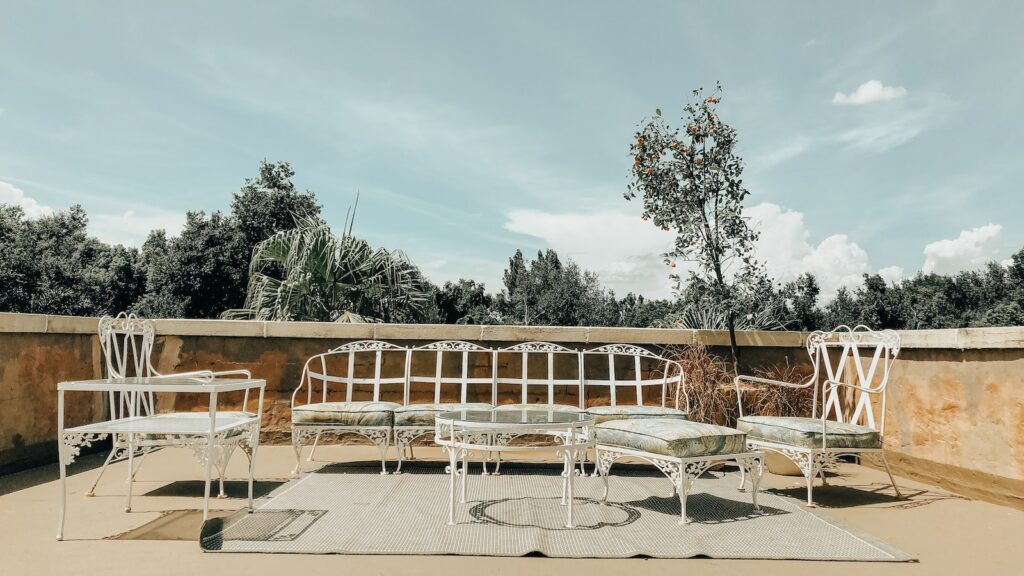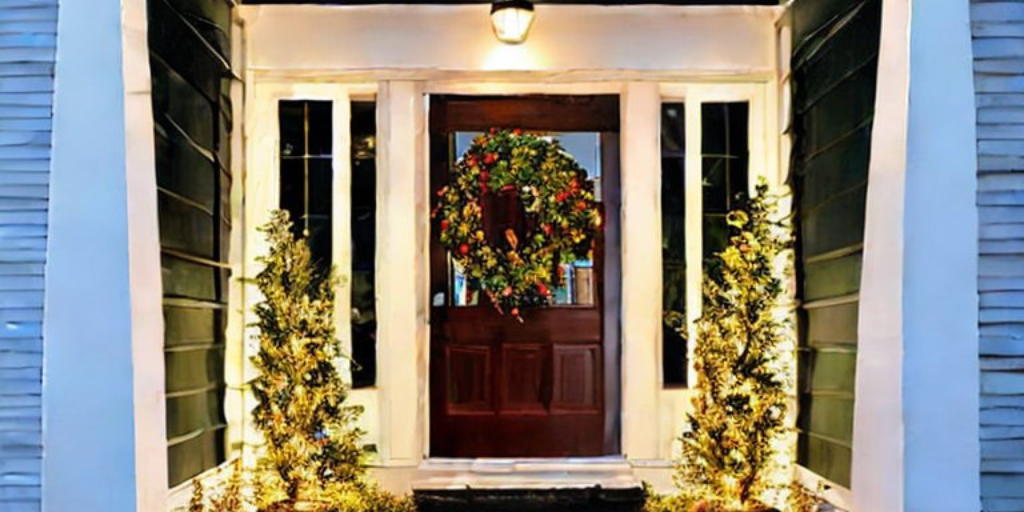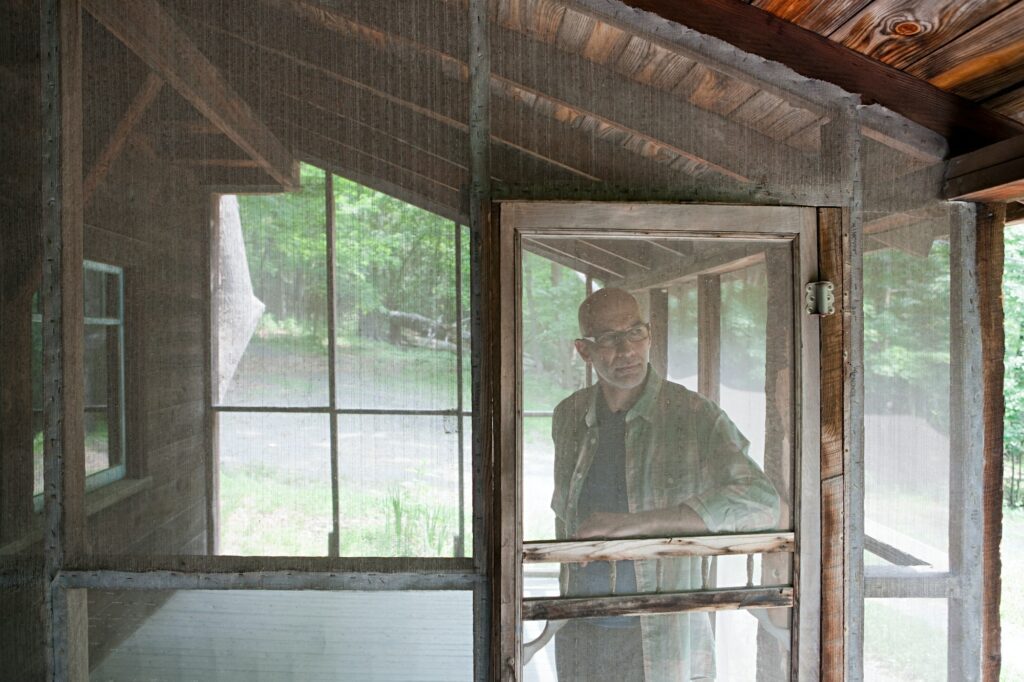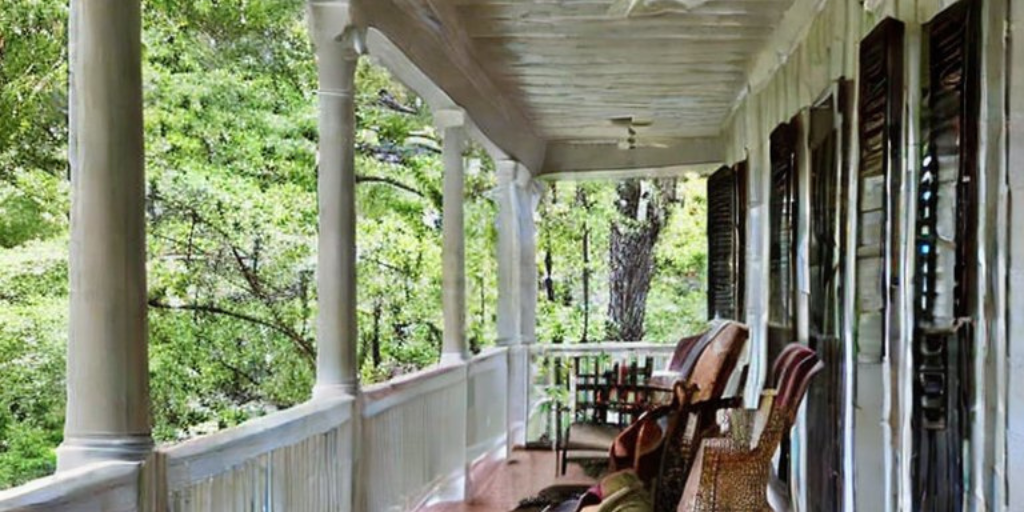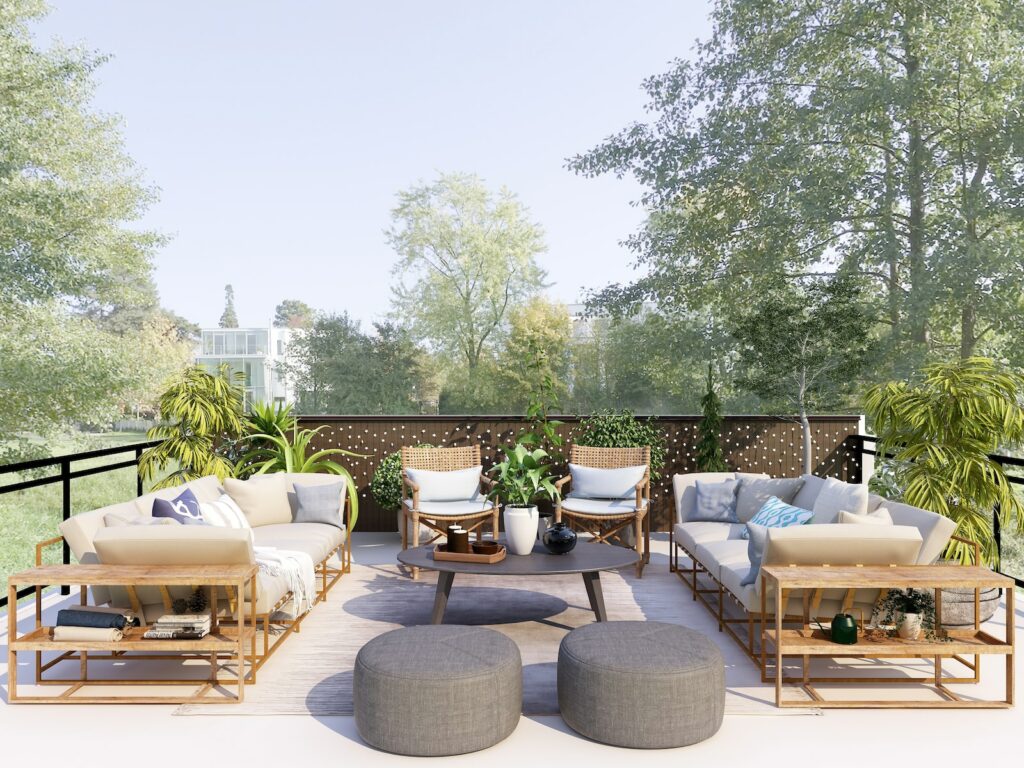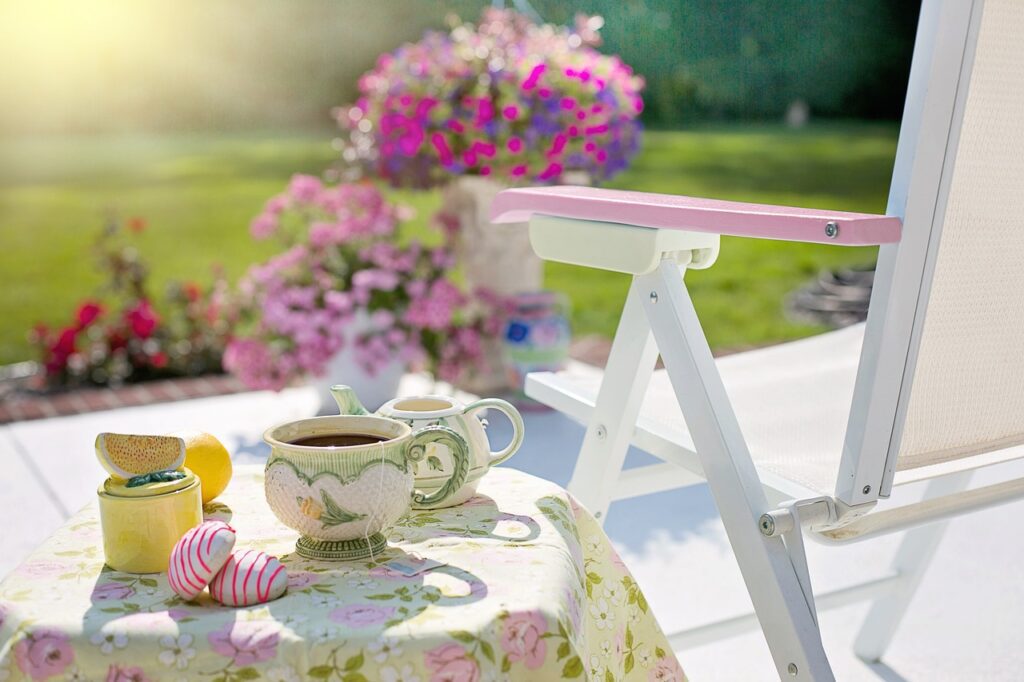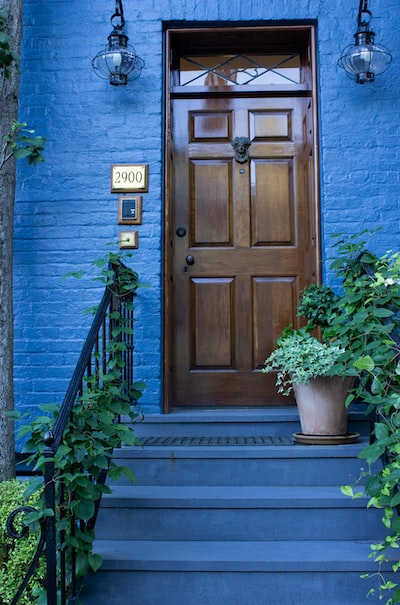For those seeking how to keep patio furniture from rusting, we have the ultimate guide for you. Discover effective tips and tricks to prevent rust developing on your patio furniture. Learn how to safeguard your outdoor oasis and keep your furniture looking fresh and stylish for years to come.
Imagine lounging on your patio, sipping a refreshing beverage, and enjoying the beauty of your outdoor oasis. The last thing you want to see is rust slowly eating away at your beloved patio furniture.
Rust not only tarnishes the aesthetic appeal of your outdoor space but also weakens the structural integrity of your furniture. Fear not! In this comprehensive guide, we will explore tried-and-true methods to keep your patio furniture from rusting, allowing you to preserve its beauty and functionality. Say goodbye to unsightly corrosion and hello to a stunning outdoor haven!
Understanding the rust menace
Contents
Before diving into the preventive measures, let’s briefly understand the nature of rust and why it poses a threat to your patio furniture. Rust is the result of a chemical reaction called oxidation that occurs when metal is exposed to moisture and oxygen.
It causes the formation of iron oxide, which weakens the metal and leaves behind unsightly stains. Without proper protection, your outdoor furniture is vulnerable to this relentless enemy. But fear not, for we have an arsenal of strategies to keep rust at bay!
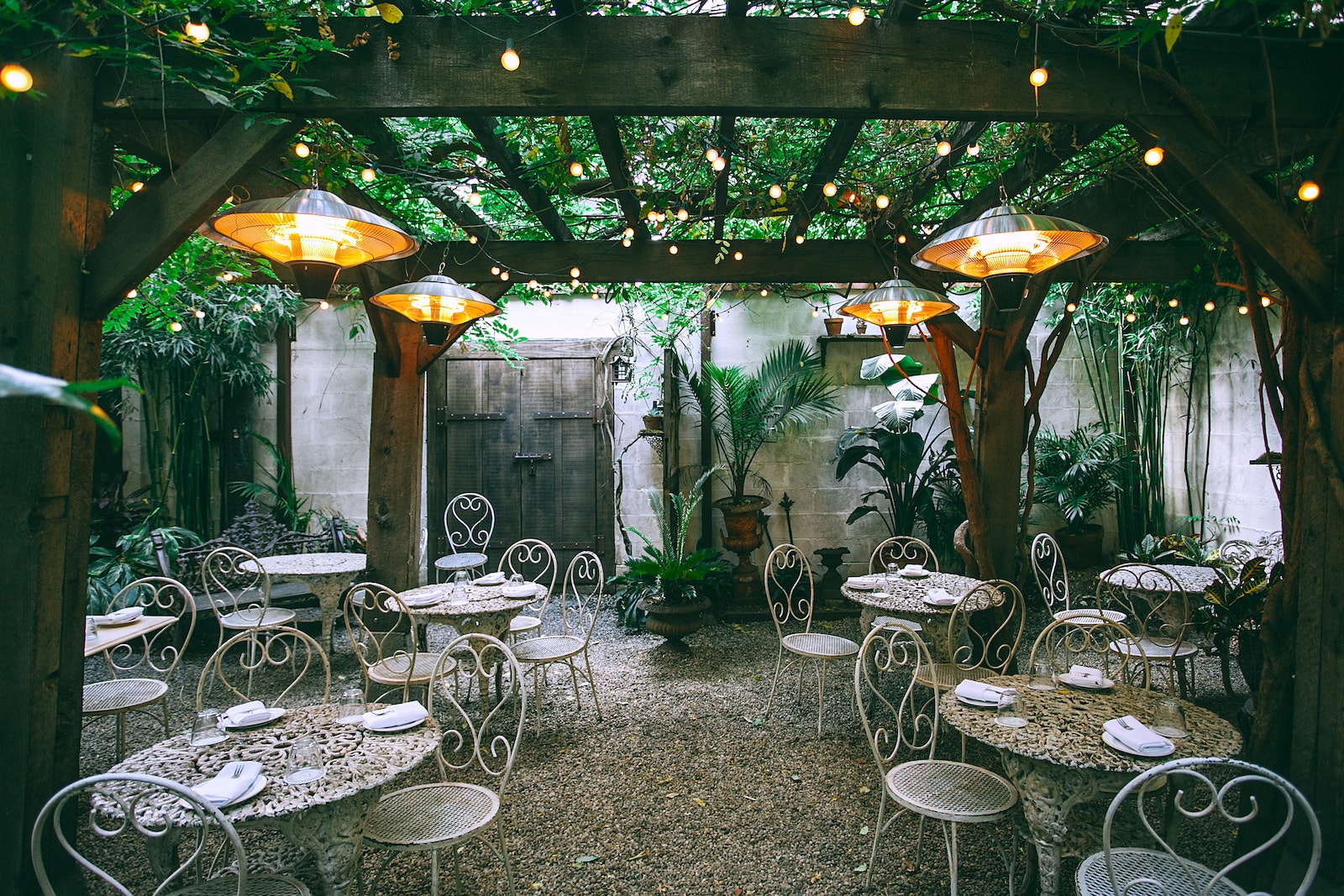

How to keep patio furniture from rusting?
-
Regular Cleaning
Regular cleaning is essential to prevent rust from taking hold. Follow these steps:
- Use a mild detergent or soapy water to clean your furniture thoroughly.
- Scrub gently with a soft-bristle brush or sponge to remove dirt, debris, and any existing rust spots.
- Rinse with clean water and allow the furniture to dry completely before applying any protective coatings.
-
Apply Protective Coatings
Protective coatings act as a barrier between your patio furniture and the elements, helping to prevent rust. Consider the following options:
- Paint or Varnish: Apply a high-quality paint or varnish designed for outdoor use. Ensure that the furniture is clean and dry before application.
- Clear Sealant: Opt for a clear sealant to retain the natural beauty of your furniture while providing a protective layer.
- Metal Wax or Polish: Use a metal wax or polish specifically formulated for outdoor furniture to create a protective shield against rust.
-
Provide Adequate Shelter
Protect your patio furniture from direct exposure to harsh weather conditions, as this can accelerate the rusting process. Take these steps:
- Cover or Store Indoors: During inclement weather or extended periods of non-use, cover your furniture with waterproof covers or consider storing it indoors.
- Utilize Umbrellas or Canopies: Install umbrellas or canopies to provide shade and protect your furniture from excessive sun exposure and rain.
-
Maintain Proper Drainage
Stagnant water is a rust magnet. Ensure proper drainage to prevent water from pooling around your furniture, especially during rainy seasons. Here’s what you can do:
- Tilt Furniture: Angle your furniture slightly to allow water to run off quickly and prevent pooling.
- Use Drainage Holes: If your furniture has built-in drainage holes, ensure they are clear of debris and functioning properly.
-
Rust Removal
Despite your best efforts, there may be instances when rust manages to sneak its way onto your furniture. Follow these steps for rust removal:
- Scrub with Steel Wool: Gently scrub the affected area with fine-grade steel wool to remove the rust. Be careful not to scratch the surrounding surface.
- Apply Rust Converter: After removing the rust, apply a rust converter to prevent further corrosion.
-
Seasonal Maintenance
Regular maintenance is key to preventing rust and preserving the longevity of your patio furniture. Consider these seasonal maintenance tips:
- Inspect and Repair: Before each season, inspect your furniture for any signs of rust or damage. Repair or replace any affected parts promptly.
- Reapply Protective Coatings: Depending on the type of protective coating you used, reapply as necessary to maintain its effectiveness.
- Clean Thoroughly: Give your furniture a deep clean at the beginning and end of each season to remove dirt, grime, and potential rust-causing elements.
-
Strategic Placement
The location of your patio furniture can significantly impact its susceptibility to rust. Consider these placement strategies:
- Avoid Direct Contact with Soil: Direct contact with soil can increase moisture retention and accelerate rust formation. Use furniture pads or stands to elevate your furniture off the ground.
- Provide Adequate Air Circulation: Ensure that your furniture is not tightly packed or obstructed, as proper air circulation helps prevent moisture buildup.
FAQs about how to keep patio furniture from rusting
Q: Can I use regular indoor paint for my outdoor furniture?
A: While it may be tempting to use regular indoor paint for your outdoor furniture, it is not recommended. Indoor paint is not designed to withstand the harsh outdoor elements, such as sunlight, rain, and temperature fluctuations.
Using indoor paint on outdoor furniture can lead to premature peeling, fading, and susceptibility to rust. It is best to use paint specifically formulated for outdoor use, as it provides better durability and weather resistance. These outdoor paints are designed to withstand the challenges posed by the elements, ensuring that your furniture stays protected and looking its best for years to come.
Q: How often should I apply protective coatings?
A: The frequency of applying protective coatings to your outdoor furniture depends on various factors such as climate, usage, and the type of coating used. As a general guideline, it is recommended to reapply protective coatings every 1-2 years or as needed.
However, certain coatings may have specific instructions regarding their durability and recommended reapplication timeline, so it’s essential to refer to the manufacturer’s recommendations for the specific product you are using. Additionally, keep an eye on the condition of your furniture.
If you notice signs of wear, fading, or rust starting to appear, it may be a good time to reapply the protective coating. Regular maintenance and inspection will help you determine when it’s necessary to refresh the protective layer on your patio furniture.
Q: Can I remove rust using vinegar?
A: Yes, vinegar can be effective for removing light rust stains from your patio furniture. Here’s a simple method to use vinegar for rust removal:
- Prepare a Vinegar Solution:
- Mix equal parts of white vinegar and water in a container. You can adjust the quantities depending on the size of the rusted area.
- Apply the Vinegar Solution:
- Soak a cloth or sponge in the vinegar solution and apply it directly to the rusted areas of your furniture.
- Let it Sit:
- Allow the vinegar solution to sit on the rusted surface for at least 15-30 minutes. This gives the vinegar time to break down the rust.
- Scrub Gently:
- After the vinegar has had some time to work, use a soft-bristle brush or sponge to gently scrub the rusted areas. Be careful not to apply too much pressure, as you don’t want to damage the furniture’s surface.
- Rinse and Dry:
- Rinse the furniture thoroughly with clean water to remove any vinegar residue. Make sure to dry it completely afterward.
It’s important to note that vinegar is more effective for light rust stains. For heavily rusted areas or stubborn rust, you may need to use alternative rust-removal methods or consult professional services. Additionally, once the rust is removed, it’s advisable to apply a protective coating to prevent future rust formation and maintain the longevity of your patio furniture.
Final remarks on how to keep patio furniture from rusting
By following these practical tips and implementing preventive measures, you can effectively address how to keep patio furniture from rusting. Regular cleaning, applying protective coatings, providing shelter, maintaining proper drainage, and strategic placement are essential in preserving the beauty and functionality of your outdoor oasis.
Remember, a little maintenance goes a long way in extending the lifespan of your patio furniture and ensuring a rust-free outdoor experience. So, let’s bid farewell to rust and embrace a vibrant, stylish, and rust-free outdoor haven!

